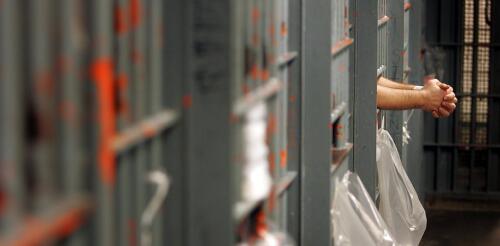New Orleans
Climate change is threatening America’s water infrastructure as intensifying storms deluge communities and droughts dry up freshwater supplies in regions that aren’t prepared. Severe storms that swept through the South in April 2024 illustrated some of the risks: In New Orleans, rain fell much faster as the city’s pumps could remove it. A water line broke during the storm near Hattiesburg, Mississippi. Other communities faced power outages and advisories to boil water for safety before using it. We study infrastructure resilience and sustainability and see a crisis growing, particularly in the U.S. Southeast, where aging water supply systems and stormwater infrastructure are leaving more communities at risk as weather becomes more extreme. Neighborhoods across the New Orleans area flooded on April 10 as the region’s pumps couldn’t keep up with the rainfall. Credit: Reed Timmer. To find the best solutions and b...
The United States has almost 2 million people behind bars in prisons, jails and detention centers – the largest such population in any country. Although incarcerated people are locked away from the outside world, they are even more vulnerable to the impacts of disasters, such as hurricanes and wildfires, than the rest of society. People who are incarcerated can’t take protective actions, such as evacuating or securing their belongings. They have no say in decisions that the system makes for them. Instead, they must depend on staff and administrators to protect their health and safety. In September 2024, for example, Hurricane Helene made landfall in Florida, triggering mandatory evacuations in 20 counties and emergency declarations in 61 counties along its path. Despite a mandatory evacuation in Wakulla County, the populations of two state prisons and a county jail were not evacuated. As Helene traveled northward, 2,000 incarcerated people were evacuated from pris...

